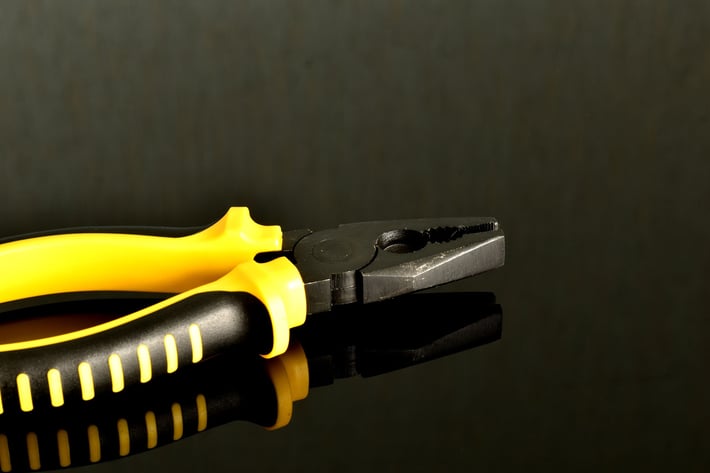
Multi-material injection molding has become increasingly popular across many different product applications, allowing us to create complex plastic products which take advantage of more than one material. For example, on handheld products, handles, and grips, we can use a much sturdier base material overmolded with a soft, ergonomic plastic to drastically improve comfort and the overall end user experience.
Essentially, multi-material molding services let us combine multiple optimized plastics in a single molding product. There are three primary methods for multi-material injection molding, which we discuss below along with some of the advantages of each.
Of course, choosing the most suitable method depends on the specific application requirements, material compatibility, and production considerations. Get in touch with the experts at AIM Processing and we’ll help you choose the most efficient, cost-effective method for your unique products.
The Three Main Methods of Multi-Material Molding:
Two-Shot and Multi-Shot Injection Molding
Multi-shot injection molding (the most common form being two-shot molding) involves the simultaneous injection of multiple materials through different nozzles into a single mold cavity. This requires very expensive & complicated tooling which runs in specialized machinery. Therefore, you find this in very high volume applications.The multi-shot method produces components with a layered structure, facilitating precise control over material distribution while creating strong bonds between layers. In terms of advantages, co-injection molding allows us to further optimize products for strength and structural integrity with enhanced material properties through layering. While the upfront capital investment is very high, the marginal cost of production is low which makes it very attractive for high volume needs.
Multi-Component Injection Molding
Also referred to as co-injection molding, and aptly named “sandwich” molding, multi-component injection molding allows us to insert multiple viscous materials into a component which are injected simultaneously. This concurrent injection method is opposed to overmolding, which molds a layer of plastic over top of a previously molded structure.In contrast, co-injection molding creates a skin-and-core arrangement within a single component. The result is a sandwich-like structure of combined materials, with the skin material directly followed by the core material. This mode of multi-component injection molding is less common.
Plastic Overmolding
Plastic overmolding services are widely used for combining materials with disparate properties – such as hard and soft plastics, or metal and plastic combinations. The primary advantage with overmolding is the ability to create products with improved ergonomic features, enhanced aesthetics, and optimized strength for the given application.
From consumer electronics and mobile devices to automotive interiors and hand tools, overmolding is an extremely popular method for enhancing molded products for comfort, usability, and longevity. Plastic overmolding is essentially the two-shot molding operation, but completed in two separate molding runs: the first for the substrate material, the second for the secondary material. While this method still requires two tools, they are typically of a reduced cost & complexity when compared to two-shot molding.
Specializing in Custom Multi-Material Injection Molding Services
AIM Processing is an experienced American manufacturer specializing in custom injection molding services and multi-material molding solutions. An ISO 9001:2015 registered domestic manufacturer based in the Denver, Colorado region, our company is committed to uncompromising quality, consistency, and responsive customer service.

 SINCE 1993 MADE IN USA
SINCE 1993 MADE IN USA 

